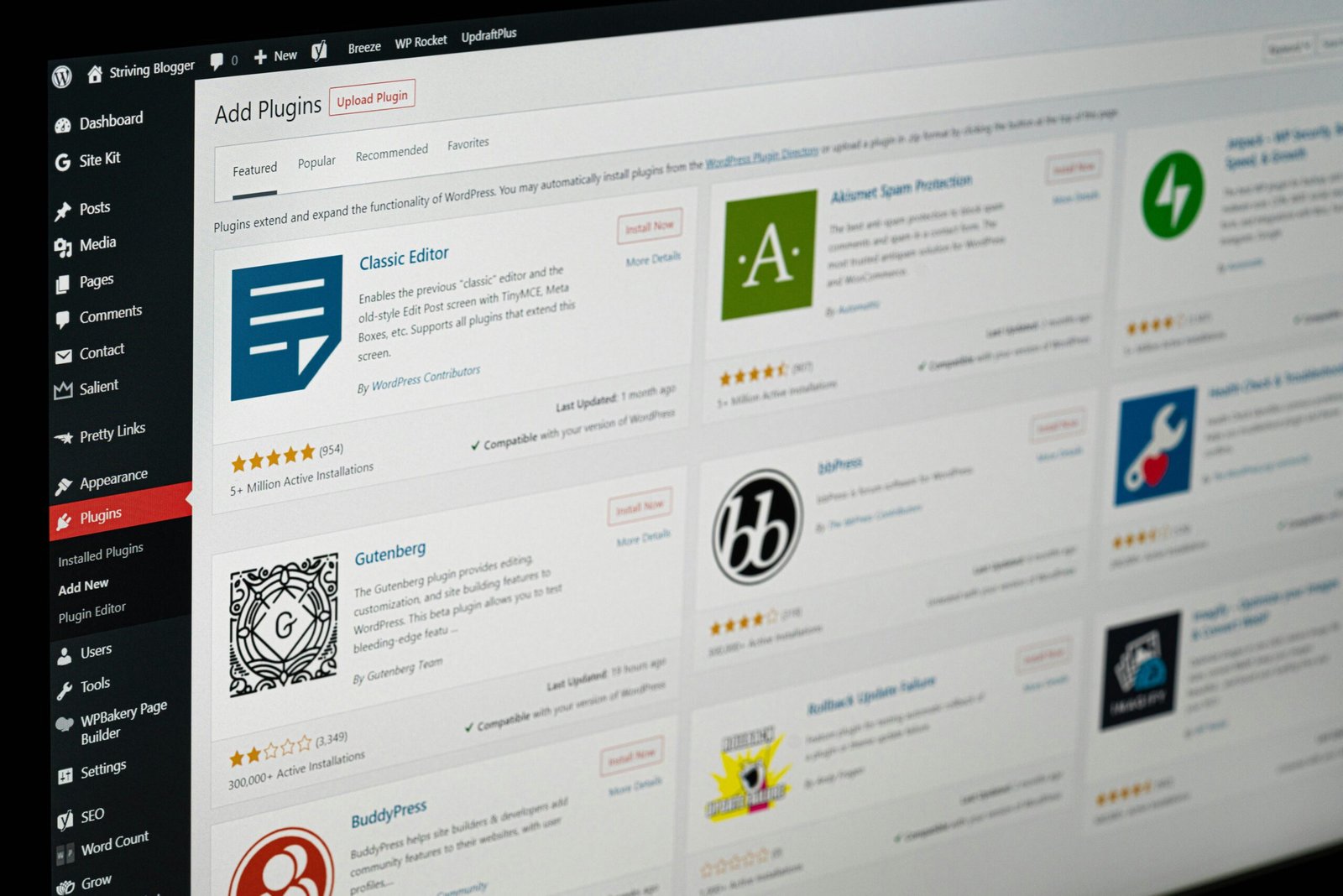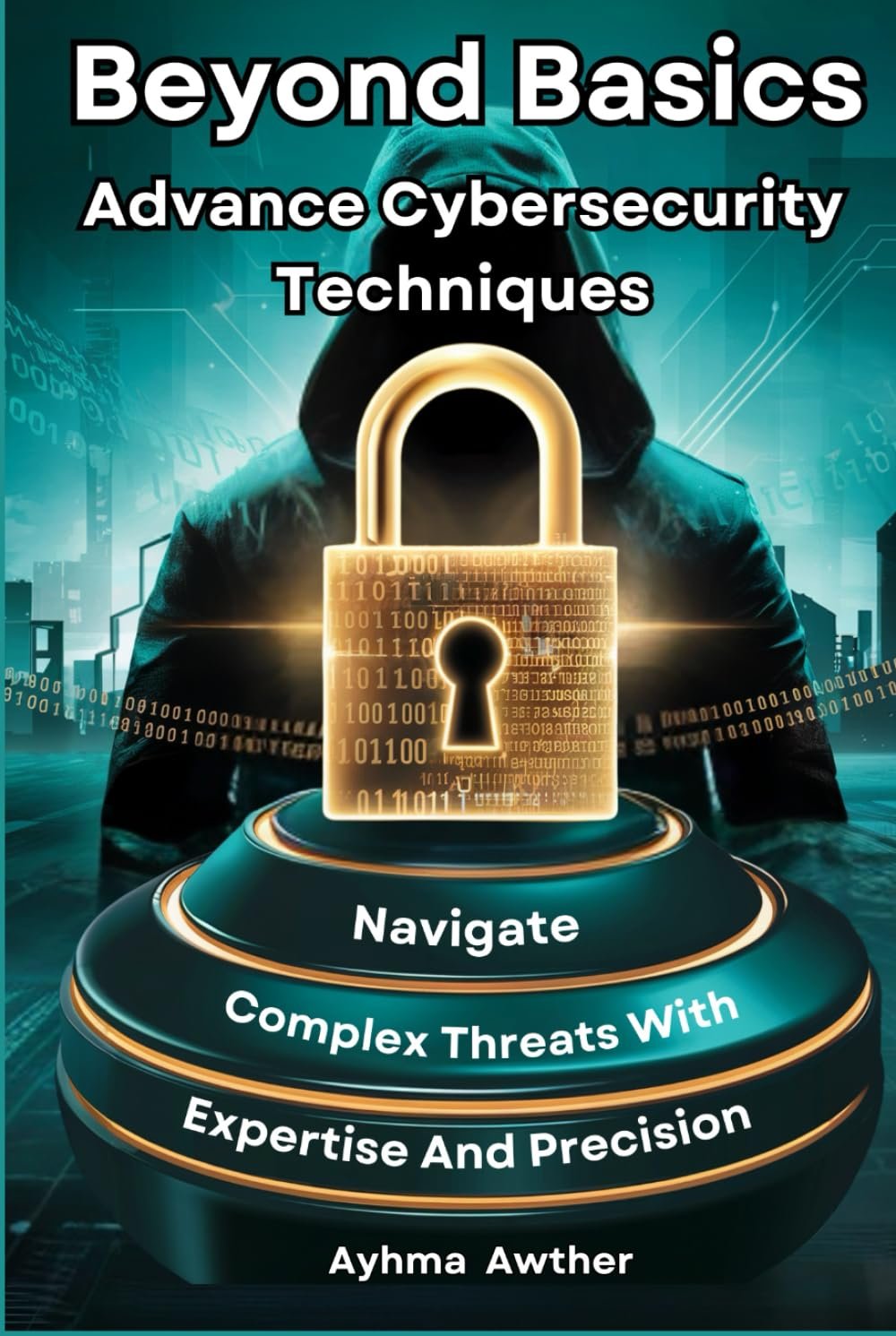Guide on How to Comply with NIS2: Policies and Procedures to Assess the Effectiveness of Cybersecurity Risk-Management Measures
Introduction to NIS2 Directive
The NIS2 Directive represents a significant evolution in the European Union’s approach to cybersecurity. It aims to bolster the cybersecurity framework established by its predecessor, the NIS1 Directive, by addressing the growing and evolving cybersecurity threats. The primary objective of the NIS2 Directive is to enhance the cybersecurity posture of organizations across the EU, ensuring they are resilient against cyber threats and incidents.
One of the key differences between NIS1 and NIS2 is the expansion of the scope of entities covered. While NIS1 focused primarily on operators of essential services and digital service providers, NIS2 extends its reach to include more sectors and additional types of organizations. This broader scope is necessary to ensure a comprehensive approach to cybersecurity, considering the interconnected nature of modern infrastructure and services.
The NIS2 Directive mandates stricter security requirements and a more robust regulatory framework. It introduces more stringent incident reporting obligations, requiring organizations to report significant incidents within 24 hours, and outlines clearer accountability mechanisms for senior management. These changes reflect the need for a more proactive and prepared stance against cyber threats, recognizing that timely and effective responses are crucial in mitigating the impact of cybersecurity incidents.
The sectors covered under NIS2 include energy, transportation, banking, financial market infrastructures, health, drinking water supply and distribution, digital infrastructure, public administration, and space. This comprehensive coverage underscores the importance of cybersecurity in critical sectors that underpin the functioning of society and the economy. Compliance with NIS2 is not merely a regulatory requirement but a strategic imperative for organizations operating in these sectors. It ensures the protection of critical infrastructure, maintains the trust of stakeholders, and contributes to the overall security and resilience of the EU’s digital ecosystem.

Understanding Cybersecurity Risk-Management Measures
Cybersecurity risk-management measures are strategic actions and practices designed to identify, assess, and mitigate risks to an organization’s digital assets and data. These measures are critical for protecting against a wide range of cyber threats, including data breaches, malware attacks, and unauthorized access. Effective cybersecurity risk management ensures that an organization can safeguard its sensitive information, maintain the integrity of its systems, and comply with regulatory requirements such as NIS2.
An effective risk-management framework is composed of several key components. The first step is risk assessment, which involves identifying and evaluating potential threats and vulnerabilities within the organization’s IT infrastructure. This process helps in understanding the likelihood and impact of different cyber threats, thereby enabling informed decision-making.
Following the assessment, the next phase is risk mitigation. This involves implementing measures to reduce the identified risks to an acceptable level. Risk mitigation strategies can include deploying advanced cybersecurity tools, adopting best practices in data encryption, and establishing robust access control mechanisms. The goal is to minimize the potential damage from cyber incidents and enhance the organization’s resilience against attacks.
Continuous monitoring is another essential component of the risk-management framework. This involves regularly reviewing and updating security measures to address emerging threats and vulnerabilities. Continuous monitoring ensures that the organization’s defenses remain effective over time and that any security gaps are promptly identified and addressed.
Policies and procedures play a pivotal role in formalizing and guiding cybersecurity risk-management measures. These documents provide a clear framework for implementing and maintaining security practices, ensuring consistency and accountability across the organization. Policies outline the overall approach to cybersecurity, while procedures detail the specific steps to be followed. Together, they help create a structured and comprehensive approach to managing cybersecurity risks.
The Importance of Vulnerability Prioritization
Vulnerability prioritization is a critical aspect of cybersecurity risk management, particularly in the context of complying with NIS2 requirements. This process involves identifying and addressing the most critical vulnerabilities within an organization’s information systems before less severe issues. The rationale behind this approach is that not all vulnerabilities pose the same level of threat; some may lead to significant security breaches if exploited, while others might have minimal impact.
One of the primary challenges organizations face is the sheer volume of vulnerabilities that are constantly being discovered. With limited resources and time, it is impractical to address every single vulnerability immediately. This is where vulnerability prioritization becomes essential. By focusing on the most critical vulnerabilities first, organizations can efficiently allocate their resources and mitigate the most significant risks to their operations.
Failing to prioritize vulnerabilities effectively can have dire consequences. For instance, an organization that neglects a critical vulnerability in favor of addressing minor issues might expose itself to severe cyberattacks. Such incidents can lead to data breaches, financial losses, and damage to the organization’s reputation. An example of this is the infamous Equifax data breach, where failure to patch a known vulnerability resulted in the exposure of sensitive information of over 147 million people.
On the other hand, effective vulnerability prioritization can prevent significant security incidents. For example, when the WannaCry ransomware attack occurred, organizations that had prioritized patching their critical systems were able to avoid the widespread disruption that affected many others. This proactive approach not only protects the organization but also ensures compliance with regulatory requirements such as those outlined in NIS2.
In conclusion, vulnerability prioritization is an essential practice for organizations aiming to enhance their cybersecurity posture. By focusing on the most critical vulnerabilities first, organizations can better protect their assets, maintain regulatory compliance, and reduce the risk of significant security incidents. This strategic approach is key to managing cybersecurity risks effectively in an ever-evolving threat landscape.

Combining Vulnerabilities, Activities, and Impact for Risk Scoring
Combining vulnerabilities, activities, and impact is a crucial step in generating accurate risk scores, which serve as a foundation for effective cybersecurity risk management. To begin with, vulnerabilities refer to the weaknesses or flaws within systems, networks, or applications that can be potentially exploited by threats. Activities encompass the behaviors and actions of both users and systems that may signal potential security events. Finally, impact gauges the potential damage or disruption a threat could cause if it were to exploit a vulnerability.
The process of risk scoring involves evaluating these three factors to determine the overall risk level associated with various assets. By assigning numerical values to vulnerabilities, activities, and impacts, organizations can generate a composite risk score for each asset. This score helps in identifying which devices and systems require immediate attention and remediation.
Several methodologies and tools are available to facilitate risk scoring. One common method is the Common Vulnerability Scoring System (CVSS), which provides a standardized way to assess and score vulnerabilities based on their characteristics. Another approach is the FAIR (Factor Analysis of Information Risk) model, which quantitatively assesses risk by examining factors like threat frequency and loss magnitude. Additionally, automated tools like Security Information and Event Management (SIEM) systems and Vulnerability Management platforms can streamline the risk scoring process by continuously monitoring and analyzing security data, thus providing real-time risk assessments.
Integrating these methodologies and tools into an organization’s existing cybersecurity practices involves several steps. Firstly, organizations need to establish a baseline by conducting a thorough inventory of their assets and identifying critical systems. Next, they should implement continuous monitoring to detect new vulnerabilities and activities. Finally, organizations must regularly review and update their risk scores to ensure they reflect the current threat landscape.
Overall, combining vulnerabilities, activities, and impact for risk scoring is essential for prioritizing cybersecurity efforts and ensuring that resources are allocated effectively to mitigate the most significant risks.
Developing Policies and Procedures for Compliance
Creating comprehensive policies and procedures to comply with the NIS2 Directive necessitates a structured approach, ensuring that all aspects of cybersecurity risk management are addressed. The initial step involves identifying and involving key stakeholders across the organization. Collaboration with IT teams, legal advisors, and senior management is crucial to ensure that the developed policies align with both regulatory requirements and organizational goals.
Once the stakeholders are identified, a thorough assessment of the current cybersecurity landscape within the organization is essential. This assessment helps in identifying existing gaps and areas that require enhancement to meet NIS2 standards. The next step is to draft policies that encompass a broad spectrum of cybersecurity measures.
One of the fundamental policies to develop is an incident response plan. This policy should outline the procedures for detecting, responding to, and recovering from cybersecurity incidents. It should include roles and responsibilities, communication plans, and steps for continuous improvement based on lessons learned from past incidents.
Another critical policy is access control. This policy should define the mechanisms to be used to ensure that only authorized individuals have access to sensitive information and critical systems. It should cover aspects such as user authentication, role-based access, and regular access reviews to prevent unauthorized access.
Data protection policies are also paramount. These policies should outline how data is collected, stored, processed, and protected within the organization. They should include measures for data encryption, regular audits, and compliance with data protection regulations, ensuring that personal and sensitive information is safeguarded against unauthorized access and breaches.
Involving stakeholders throughout the development process ensures that the policies are practical, enforceable, and aligned with the organization’s objectives. Regular reviews and updates of these policies are necessary to adapt to evolving cybersecurity threats and regulatory changes, maintaining compliance with NIS2 requirements.
Implementing and Enforcing Cybersecurity Policies
Effective implementation of cybersecurity policies is paramount for organizations seeking to comply with the NIS2 directive. The initial step involves the development of comprehensive policies that address the specific needs and risks faced by the organization. These policies should be clearly documented, easily accessible, and regularly updated to reflect the evolving cybersecurity landscape.
Training and awareness programs play a crucial role in ensuring that employees understand and adhere to these cybersecurity policies. Regular training sessions should be conducted to educate staff on the importance of cybersecurity, the specific policies in place, and their individual responsibilities. This not only fosters a culture of security awareness but also empowers employees to act as the first line of defense against cyber threats. Awareness programs can be complemented by practical exercises, such as phishing simulations, to reinforce learning and assess the effectiveness of the training.
Regular audits and assessments are essential mechanisms for enforcing compliance with cybersecurity policies. These audits should be designed to evaluate whether the policies are being followed and to identify any gaps or weaknesses in the current security posture. By conducting periodic assessments, organizations can ensure that their cybersecurity measures are effective and that any deviations from the established policies are promptly addressed. Additionally, audits provide valuable insights into areas where further training or policy adjustments may be necessary.
To enhance the enforceability of cybersecurity policies, it is important to establish clear consequences for non-compliance. This could include disciplinary actions for employees who fail to adhere to the policies, as well as incentives for those who consistently follow best practices. Clear communication of these consequences helps to underscore the seriousness of cybersecurity and the organization’s commitment to maintaining robust security standards.
In summary, the successful implementation and enforcement of cybersecurity policies require a multifaceted approach. This includes comprehensive policy development, ongoing training and awareness programs, regular audits and assessments, and clear accountability measures. By adopting these strategies, organizations can effectively manage their cybersecurity risks and ensure compliance with the NIS2 directive.
Assessing the Effectiveness of Risk-Management Measures
Effectively assessing the effectiveness of risk-management measures is crucial for organizations to maintain a robust cybersecurity posture. One of the primary methods involves the use of key performance indicators (KPIs) and metrics. These KPIs and metrics provide quantifiable data that can help evaluate the success of implemented cybersecurity strategies and identify areas for improvement.
Key performance indicators should be carefully selected to align with the organization’s cybersecurity goals and objectives. Common KPIs include the number of detected security incidents, the average time taken to respond to and resolve incidents, and the number of vulnerabilities identified and remediated within a specific time frame. Metrics such as the frequency and impact of security breaches, the effectiveness of incident response plans, and the rate of compliance with cybersecurity policies are also valuable in assessing risk-management measures.
Regular reviews and updates are essential to ensure continuous improvement and adaptation to emerging threats. Conducting periodic risk assessments and audits can help organizations stay abreast of the evolving threat landscape and adjust their cybersecurity measures accordingly. These reviews should include a thorough analysis of current risk-management practices, identification of new vulnerabilities, and evaluation of the effectiveness of existing controls.
Organizations should also consider employing external experts or third-party services to conduct independent assessments of their cybersecurity posture. These external assessments can provide an unbiased view and highlight areas that may have been overlooked internally. Additionally, adopting a proactive approach by simulating cyber-attacks through penetration testing and red teaming exercises can help identify weaknesses and improve the overall resilience of the organization’s cybersecurity defenses.
To maintain an effective risk-management framework, it is imperative to establish a culture of continuous learning and improvement. This involves staying informed about the latest cybersecurity trends, investing in employee training and awareness programs, and fostering an environment where feedback and lessons learned from past incidents are actively utilized to enhance security measures.
Conclusion and Best Practices
In this comprehensive guide, we have explored the critical aspects of complying with the NIS2 directive, focusing on the policies and procedures necessary to assess the effectiveness of cybersecurity risk-management measures. Adhering to NIS2 is paramount for organizations aiming to enhance their cybersecurity posture and safeguard their digital assets.
To reiterate, NIS2 compliance involves several key components: understanding the scope of the directive, conducting thorough risk assessments, implementing robust cybersecurity measures, and continuously monitoring and updating these measures. Organizations must also ensure that they have a clear incident response plan and that their staff is appropriately trained to handle cybersecurity threats.
Here is a checklist of best practices for organizations to follow in their risk-management efforts:
- Conduct Regular Risk Assessments: Identify and evaluate potential threats and vulnerabilities within your IT infrastructure.
- Implement Strong Security Measures: Deploy advanced security technologies such as firewalls, intrusion detection systems, and encryption methods.
- Develop a Comprehensive Incident Response Plan: Establish protocols for detecting, reporting, and responding to cybersecurity incidents.
- Ensure Continuous Monitoring: Utilize real-time monitoring tools to detect and respond to threats promptly.
- Provide Staff Training: Regularly train employees on cybersecurity best practices and ensure they are aware of the latest threats.
- Maintain Up-to-Date Policies and Procedures: Regularly review and update your cybersecurity policies to reflect new threats and regulatory requirements.
- Engage in Information Sharing: Collaborate with industry peers and cybersecurity experts to stay informed about emerging threats and effective mitigation strategies.
Staying informed about the latest cybersecurity threats and continuously improving your policies and procedures is essential for maintaining compliance with NIS2 and protecting your organization’s assets. By following these best practices, organizations can build a resilient cybersecurity framework that not only meets regulatory requirements but also enhances overall security and operational efficiency.
For more articles related to technology, please browse around InnoVirtuoso and find more interesting reads.







